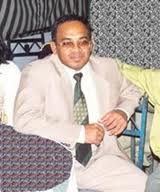The Sinhalese of Sri Lanka, the People Of the Lion
Sinhalese, the endangered nation of Sri Lanka has been under threat of being swept off the planet earth for its 2559 years glorious history: since the ancient times of recurrent invasions by the marauding Dravidian forces hell bent on plunder and pillage, slaughter and sack, ruin and rampage, murder and mayhem; through the Portuguese, Dutch and British colonial eras; through three decades of terrorism and war; to the twenty-first century modern powerhouses of the west.Sinhalese of Sri Lanka, the People of the Lion are the descendants of the Prince Wijaya and his 700 followers who arrived from Bengal, east India in the year 543 BC.
Numerous races have their origins wrapped in the mist of mythology and legends of prehistory or unrecorded histories. Nourished by wolves, Romulus and Reemus went onto found Rome; empowered by the Excalibur King Arthur went on to found England. In a similar vein, Sinhalese too recognize their ancestry to Prince Wijaya, the son of King Sinhabahu, whose father was the most ferocious beast and whose mother was most beautiful and most amorous Princess Suppadevi of Vanga [modern Bengal] of India.
Sri Lanka’s peerless chronicle-the uninterrupted narration of [since 543 BC to date] unbroken Aryan Sinhalese civilization-called Mahawamsa [Sinhala: the great genelogy][corroborated by archeological (1), epigraphical (2) and numismatic evidence] of which the first part was written by Buddhist monk Thera Mahanama [uncle of King Dathusena, father of King Kasyapa, who built Sigiriya Rock Citadel and Sigiriya City- today a UNESCO World heritage Site and a Sri Lanka Holidays Cultural attraction conveniently located within Sri Lanka Holidays Cultural Triangle] about 500 years after the arrival of Prince Wijaya records “The Coming of Wijaya”:
Quote Mahavamsa, the Great Chronicle of Ceylon Translated by Wilhelm Geiger, Ph. D. ISBN 955-8540-83-8
In the country of the Vangas in the Vanga capital there lived once a king of the Vangas. The daughter of the king of the Kalingas was that king’s consort. By his spouse the king had a daughter, the soothsayers prophesied her union with the king of beasts.Very fair was she and very amorous and for shame the king and queen could not suffer her.
Alone she went forth from the house, desiring the joy of independent life; unrecognized she joined a caravan to Magada country. In the Lala country a lion attacked the caravan in the forest, the other folk fled this way and that, but she fled along the way by which the lion had come.
When the lion had taken his prey and was leaving the spot he beheld her from afar, love (for her) laid hold on him, and he came towards her with waving tail and ears laid back. Seeing him she bethought her of that prophecy of the soothsayers which she had heard, and without fear she caressed him stroking his limbs.
The lion, roused to firescest passion by her touch, took her upon his back and bore her with all speed to his cave, and there he was united with her, and from his union with him the princes in time bore twin-children,a son and a daughter. Unquote
Quote Mahavamsa, the Great Chronicle of Ceylon Translated by Dr. Ananda Guruge
The hands and feet of the son were like those of a lion. Hence he was named Sihabadhu; and the daughter Sihasivali. The son at sixteen years of age questioned the mother on the doubt. “Mother, why are you and our father different?’ She told him everything. He asked “Why don’t we go?” She told him, “Your father blocks the cave with a rock.” He carried the rock blocking the great cave on his shoulder and covered on one day fifty yojans up and down.
When the lion had gone out in search of prey, he dparted speedily with the mother on the right shoulder and the younger sister on the left. Covering themselves with the branches, they reahed a border village. At that time, the cousin of the princess was the general of the Vanga-king, stationed to baclam the border. Seated at the foot of a banyan-teee overseeing the work, he saw them & questioned them. They replied “We are forest-dwellers.” The general had clothes given to them. They turned splendid. He had rice given to them on leaves. By their merit, the leaves turned into golden vessels.
Amazed by this, the lord of the army asked them, “Who really are you?” the princess apprised them, “Who really are you?” The princess apprised him of her family and clan. The general took his uncle’s daughter, went to the city of Vanga and lived with her.
The lion returning to the cave in haste did not see the three people. Afflicted by grief over the son, he neither ate nor drank. Searching for the children, he went to the border-villages. Every village he went to, the dwellers deserted. The inhabitants on the border went to the king and informed him “lion ravages you country. Prevent it. Your Majesty.”
Quote Mahavamsa, the Great Chronicle of Ceylon Translated by Wilhelm Geiger, Ph. D. ISBN 955-8540-83-8
Since he found none who could ward off 9this danger) he had a thousand (pieces of money) led about the city on an elephant’s back and this proclamation made: ‘Let him who brings the lion receive this! And in like mannar the monarch offered two thousand and three thousand. Twice did Sinhabahu’s mother restrain him. The third time without asking his mother’s leave Sinhabahu took the three thousand gold-pieces (as reward) for slaying his own father.
They presented the youth to the king, and the king spoke thus to him: ‘if thou shalt take the lion I will give thee a once the kingdom’. And he went to the opening of the cave, and as soon as he saw from afar the lion who came forward, for love of toward his son, shot an arrow to slay him. [3]
The arrow struck the lion’s forehead but because of his tenderness (towards his son) it rebounded and fell on the earth at the youth’s feet. And so it fell out three times, then did the king of beasts grow wrathful and the arrow sent at him struck him and pierced his body.
Quote Mahavamsa, the Great Chronicle of Ceylon Translated by Douglas Bullis ISBN 955-1266-09-9
Taking the lion’s head and man, Sinhabahu went into the city. Seven days before the King of the Vangas had died. As the king had no son, his ministers, rejoicing over Sinhabahu’s deed and learning that he was in fact the king’s grandson, assembled and told him, “You may be our king.”
Sinhabahu accepted the kingdom and handed it over to his mother’s husband Anura, the Commander of the Army. Taking Sihasivali with him, Sihabahu returned to his native Vanga. Then traveling south, he established a city called Sihapura. In the forest for over a hundred yojans around he founded village.
King Sihabahu reigned in Sinhapura, having made his sister Sihasivali his chief consort. As time passed, she bore twin sons sixteen times. The elder was named Vijaya………
Quote Mahavamsa, The Great Chronicle of Sri Lanka. An annotated new translation with prolegomena. Translated by Dr. Ananda Guruge ISBN 955--20-8963-8
The Prince named Vijaya, the valiant, landed in Lanka, in the region called Tambpanni [4] on day the Tathagata [5] laydown between the twin like sala trees to pass into nibbaana [6].
The legend of Sinhabau was made into a stylist play titled “Sinhabahu” [ year 1961] by Sri Lanka’s greatest modern literary light, the foremost dramatist, the peerless novelist, Ediriweera Sarachchandra [3 June 1914 - 16 August 1996]. Such was the literary [not merely dramatic] effect of the drama, Sinhabahu makes the audience bewildered, being unable to make up their mind over the right from wrong: the Lion who loved his children to the death, nourished, protected and wanted them to live with him till his death; the human son, knowing the humans couldn’t dwell for ever, devoid of human contact, closed in a cave with a beast, wanting to save the land being ravaged & villagers being killed by the Lion, resorting to kill his own father.
Who was right? Who was wrong? What was the truth? Ediriweera Sarachchandra took the literary world to the realm of grey: the perceived right and wrong was brought into disputation. Has anybody else in the wide world of literature achieved the same to the extent Ediriweera Sarachchandra had done?
Ediriweera Sarachchandra brought about same dialectic of fiction or drama as in the “Sinhabahu” in his play “Maname” and the twin novels of Malagiya aththo [Sinhala: the dead souls] & “Malagiyawinge avrududa” [Sinhala: The anniversary of the dead].
End
For a fictional narration of the arrival of Prince Vijaya in Sri Lanka, click here. Diary of God Vishnu
Footnotes
[1] To see archeological evidence, visit Sri Lanka Holidays cultural attractions, at least the UNESCO World Heritage sites of Anuradhapura, Polonnaruwa, Sigiriya Citadel, Golden Dambulla Rock Temple located within the Sri Lanka Holidays Cultural Triangle.
[2] For epigraphical (2) evidence visit Sri Lanka Holidays cultural attractions, at least Anuradhapura, Polonnaruwa, Sigiriya Citadel, Golden Dambulla Rock and Mihintale.
And read Epigraphia Zeylancia being Lithic and other inscriptions of Ceylon in four volumes edited and translated by Don Martino De Zilva Wickremasinghe, H. W. Codrington and S. Paranavitana
[3] According to Buddhism no being would be harmed by an enemy while he was transcended with compassion towards the same enemy.
[4] Tambpanni: Modern day Mannar in Sri Lanka, north of Sri Lanka Holidays Wilpattu National Park.
[5] Tathagata : Gauthama Buddha [623- 543 BC], the founder of Buddhism
[6] Nibbaana: Nirvana is the supreme state free from suffering and individual existence-" Supreme Enlightenment". The attainment of nirvana breaks the otherwise endless rebirth cycle of reincarnation.


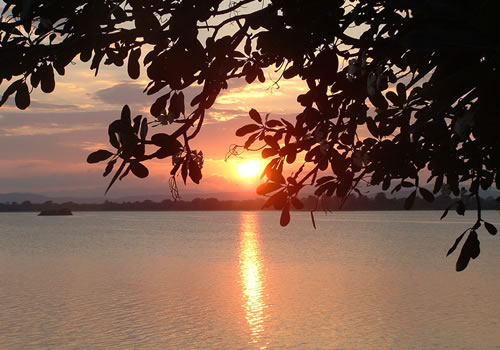
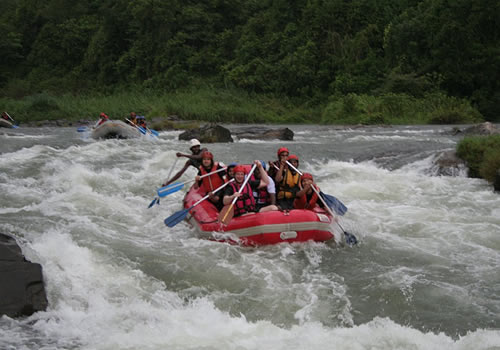
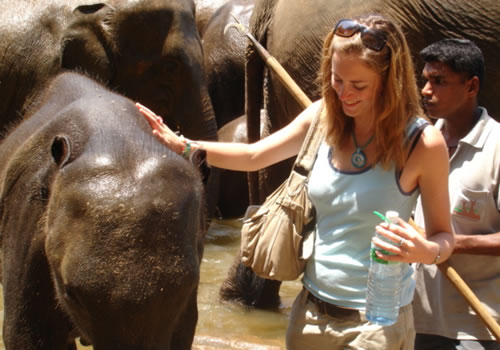
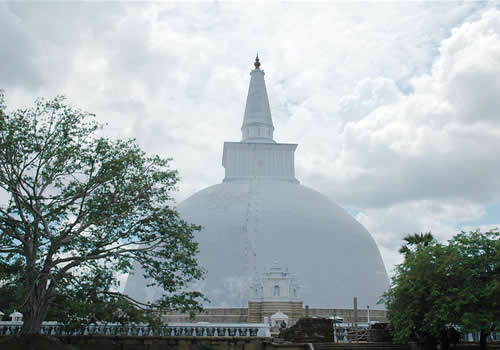
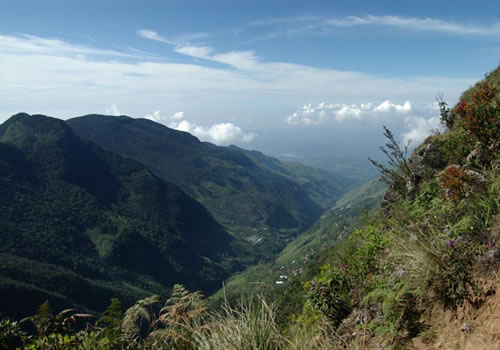
.jpg)
.jpg)

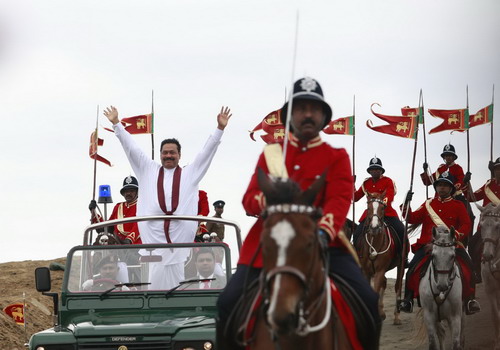

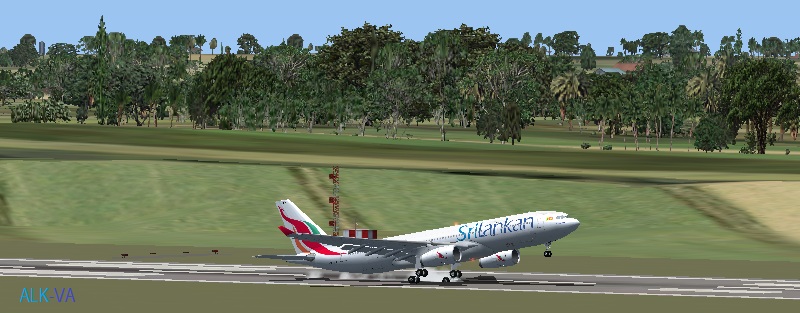




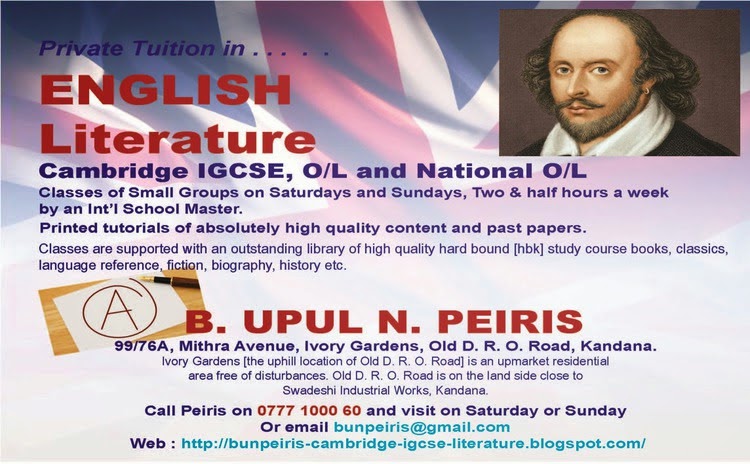
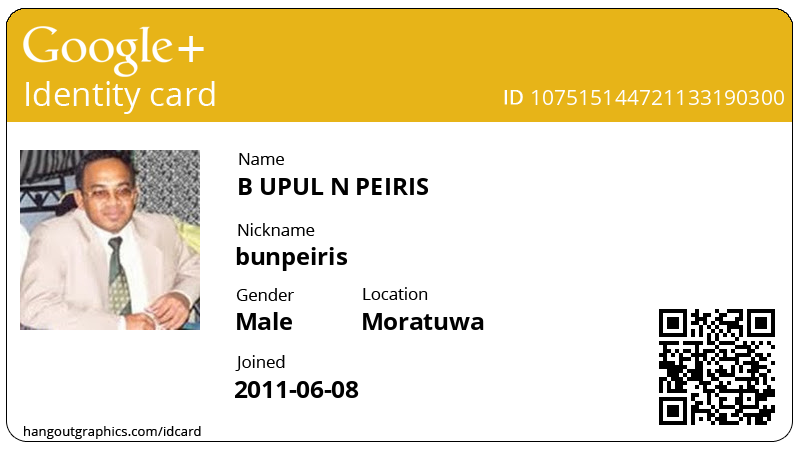









.jpg)






